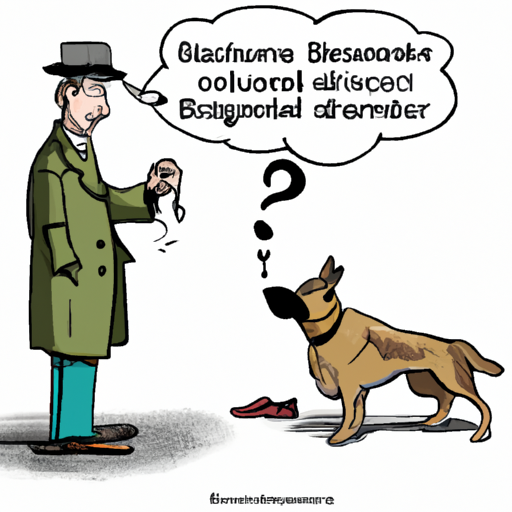Understanding the Power of a Dog’s Nose
You, as a caregiver, appreciate the unique qualities that make your canine companion special. Yet, have you ever pondered about the exceptional olfactory abilities of your furry friend? It’s indeed a remarkable fact that a dog’s sense of smell significantly exceeds that of humans. But how much better is it, really?
To put it into perspective, if humans were to compare their vision to a dog’s smell, what we could see at a third of a mile, a dog could smell more than 3,000 miles away. It’s as if they’re living in an entirely different world, guided by their noses.
The Science Behind a Dog’s Superior Smell
There’s a reason why dogs are often employed in search and rescue missions, drug detection, and even in identifying certain diseases. The secret lies in their anatomy.
- A dog’s nose is structured in such a way that allows them to take in scent and breathe separately.
- They have more olfactory receptors – between 125 million to 300 million, compared to a mere 5 million in humans.
- The part of their brain that analyzes smells is, proportionally, 40 times greater than ours.
| Humans | Dogs | |
|---|---|---|
| Olfactory Receptors | 5 million | 125-300 million |
| Proportional Size of Olfactory Cortex | 1x | 40x |
The Implications of a Dog’s Superior Smell
With their extraordinary sense of smell, dogs can perceive the world in ways we can only imagine. For instance:
- Dogs can smell layers of scent, enabling them to pick out a familiar smell from a cocktail of odors.
- They can detect pheromones, which helps them understand the emotional state of other dogs, and even humans.
- They can sniff out medical conditions, including certain types of cancer, even before medical tests can.
These abilities not only make dogs invaluable working partners for humans but also enrich their own lives in ways we’re still learning about.
How to Support Your Dog’s Olfactory Health
As a caregiver, you can support your dog’s extraordinary sense of smell by:
- Regularly checking their nose for any signs of irritation or infection.
- Providing them with plenty of opportunities to explore their environment with their nose, such as during walks or play sessions.
Frequently Asked Questions
Q: Is a dog’s sense of smell always superior to a human’s?
A: While dogs excel in detecting and identifying scents, humans can be better at tracking a smell to its source, thanks to our forward-facing noses.
Q: Can a dog’s sense of smell decline with age?
A: Just like in humans, a dog’s senses can decline with age. Regular check-ups with the vet can help monitor this.
Q: Can I train my dog to better use their sense of smell?
A: Absolutely! There are many scent-based games and activities that can help your dog exercise their olfactory abilities.
In essence, a dog’s world is ruled by their nose. As caregivers, understanding and appreciating this fact can help us better connect with our canine companions.



